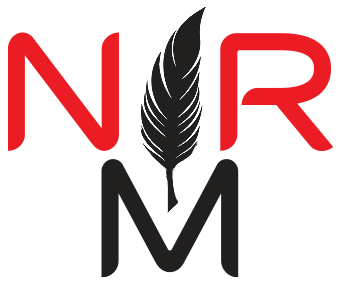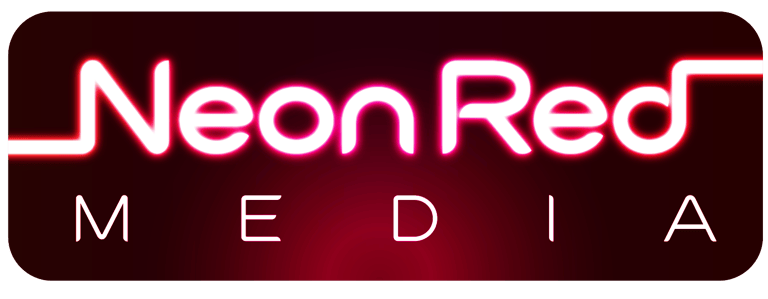Who is the present KING of AI
AI innovation is evolving fast, but five platforms stand out for creativity, intelligence, and usability — with Kling AI leading the pack for its stunning text-to-video capabilities. While OpenAI, Google, Anthropic, and Perplexity each shine in their niches, Kling’s cinematic realism and accessibility make it the ultimate AI tool of 2025.
AISOFTWARE
10/8/20252 min read


What is the state of AI? Of all of the best AI sites, here are Neon Red's Top Five Recommendations.
In the rapidly changing world of generative AI, picking the right platform can make all the difference. After testing dozens of contenders, here are my top five picks — including pros, cons, and my pick for the 2025 champ.
1. Kling AI (Winner)
What it does: Kling AI is a next-generation creative studio that lets you generate videos and images from text or images — think cinematic visuals, motion, lip-sync, and transitions powered by the Kling and Kolors models.
Pros
Incredible visual quality and motion — the output feels more like a finished video than a generative stub.
Supports both text-to-video and image + text → video modes.
Has a free tier or credit system to experiment without committing.
Strong momentum and ongoing development (e.g. Kling 2.0 improvements).
Cons
The free or credit-based model means complex or high-resolution outputs may require paid plans.
Some features (lip sync, complex scenes) still have occasional artifacts or limitations.
Learning curve in prompt design and optimization to get the best output.
Because it’s newer, the ecosystem (tutorials, community, plug-ins) is less mature than older platforms.
2. OpenAI (ChatGPT / Sora / DALL·E / Video / etc.)
What it does: OpenAI offers a suite of generative AI tools — from conversational LLM (ChatGPT) to image generation (DALL·E) and experimental video/vision models.
Pros
Strong brand trust and safety guardrails.
Large developer ecosystem and integrations (APIs, plugins, etc.).
Rich variety of models and modalities.
Frequent updates and improvements.
Cons
Some advanced features are gated behind subscription tiers.
Because it’s broadly used, it can generate template or generic outputs unless you craft prompts carefully.
Latency or rate limits can be a bottleneck for intensive use.
3. Google Gemini / Google AI / Nano Banana
What it does: Google’s AI efforts (Gemini, related systems) bring generative capabilities integrated with search, productivity apps, image, and multimodal operations.
Pros
Deep integration into Google’s ecosystem (Search, Workspace, Android).
Strong real-time web access and fact grounding.
Backed by Google’s scale and engineering.
Cons
Sometimes constrained by content policies or “safe” filters that limit creative output.
Outputs may trend toward more conservative or safe responses.
Less fine-grained control over custom generative styles compared to specialized tools.
4. Anthropic Claude
What it does: Claude (from Anthropic) emphasizes ethics, alignment, and safer AI behavior, with multimodal and reasoning capabilities.
Pros:
Strong safety and alignment posture — fewer “hallucinations” or risky outputs.
Good at high-context reasoning, longer documents, and complex tasks.
Clear model variants (Haiku, Sonnet, Opus).
Cons
It may sacrifice some creative flair or boldness to stay “safe.”
Can feel more conservative or restrained than more experimental AI tools.
Fewer visual/video generation capabilities than specialized image/video AI.
5. Perplexity AI
What it does: Perplexity is focused on AI-powered search / knowledge / retrieval augmented generation. It combines web data with generative summarization.
Pros
Strong at factual search, citations, and combining generative answers with real web data.
Fast access to up-to-date information.
Useful for research, fact-checking, Q&A, and knowledge tasks.
Cons
Less visual or creative generation features (images/videos) compared to tools like Kling.
Sometimes the “balance” between generating vs referencing can go wrong (over-citation or conservative outputs).
Less control over aesthetic style beyond content.


